Yesterday I got another addition to my tenor saxophone family. I have long been wanting a vintage Keilwerth—truth be told I’ve been seriously considering ordering one of the vintage J. Keilwerths that Gerhard Julius Keilwerth has in his saxophone shop at the moment—but then fate intervened, and someone contacted me about another make of vintage Keilwerth altogether.
I had the opportunity to buy this Max Keilwerth-made, Hohner President, closet horn. This 2 tone tenor is from 1961, and came with all the original accessories, including the case; end plug; mouthpiece, ligature, and cap; neck strap; and even pull-through cleaning swab. This tenor has virtually no playing time on it. Even the original pads—with no resos—look new. They have virtually no imprints on them.
According to the old SaxPics site, Max Keilwerth started making saxophones for Hohner after he left Amati. Max Keilwerth’s factory was located in Trossingen, Germany. It was in this factory that from approximately 1949 to 1967, the Hohner President was built.
I took a series of quick snap shots inside my studio yesterday afternoon. It was threatening rain, so I couldn’t take my photography efforts outside. Unfortunately that means there are some interesting reflections in this rather shiny horn. Try not to let these reflections distract you. OK? 😀
The bell to body support brace is much in style with the rest of the horn. It is a variation of the posts used on the sax.
This is the first sax that I’ve personally seen, that has been designed so carefully that all aspects of style are consistent, and carried throughout the full range of the instrument.
Here is a close-up of a couple of the post shapes that were used on the Hohner President.
In this shot of the lower stack keys you can see the high D# trill key this horn has.
Here is the high D# trill key in detail. This was a common feature in quite a few European brands. Both my Hammerschmidt-stencilled Hüttl alto has this key, as does one of my Hammerschmidt Klingsor tenors.
In this picture of the bow, you can see the King Zephyr-like, eyebrow key guards that the Hohner President is known for.
You gotta’ love this unibrow!
Note the neck tightening screw. It is the same type we see on certain models of Hammerschmidts, as well as on the Dörfler & Jörka saxes. (Which are of course J. Keilwerth clone horns.) What Max Keilwerth did differently, is keep his design consistent, and make the lyre screw the same shape.
This Hohner President does have a high F# key. But rather than have it where traditionally saxophone manufacturers have located it—down by the chromatic F# key—Max Keilwerth located his just below the high F key.
At first I thought it would be strange, but I must admit, the first time I played the sax, I found the F# quite intuitively. It seem to me to be much easier to play a high F# this way, than to use you right pinkie or ring finger to operate a high F# key.
Disclaimer: The only playable horn I own that has a high F# key is my Mark VI soprano, so I’m not very familiar or comfortable using a high F# key on saxes. I usually always use altissimo fingerings, even when playing a sax with the additional key.
Having the high F# key located at the left palm level naturally leads to some extra key work in this area of the horn.
The horn’s serial number is 104XX. According to a serial number chart compiled by a Hohner President owner, and supplied to Pete Hales—the then owner of SaxPics—the serial number would indicate that this sax was made in 1961.
By now you might have noticed that this sax has rolled tone holes. Here is a good shot of the original pads that shows how little use the sax had. As noted previously, these pads have no resos in them.
I thought this shot down the bell was interesting. You don’t find too many 49 year old horns that are this pristine looking.
In this pic you might notice that one of the key guard posts is not attached. At some point the case must have taken a hit, and this post became dislodged. This is the only damage to the sax itself, and will need to fixed. However, that aside, the engraving and the finish are astounding.
Pardon the blurriness of this photo (I should have re-shot it), but you can still see the Hohner President’s double socket.
The big question is of course what does it play like? Well it plays amazingly well for a sax that’s been sitting in a closet for most of its life. I can play it over its full range, and subtone all the way down to low Bb. It does not appear to have an major leaks.
I have not played it a great deal, because I had a student come over last night who ended up staying for 2 hours because we chatted about stuff. (He was a fellow I met at one of our shows, and this was the first time he came for a lesson.)
The only mouthpiece I’ve tried on it so far is my vintage Dukoff S7. Because the horn has no resos, it is naturally darker than any of the saxes I’ve got. However, it is a sax with a beautiful sound. It is quite different from my other tenors. I’m going to spend some time today trying different mouthpieces on it, and seeing what it can do.
I do need to take it to my tech. There is too much play in the high F# key, and there are some tweaks it needs. I will have to play it awhile, and make a complete list before I take it to Dave.
I think this will make a lovely addition to my tenor sax family once it’s all tweaked to my liking. Very different to everything that I already have, and ergonomically very well laid out. She is definitely a keeper.

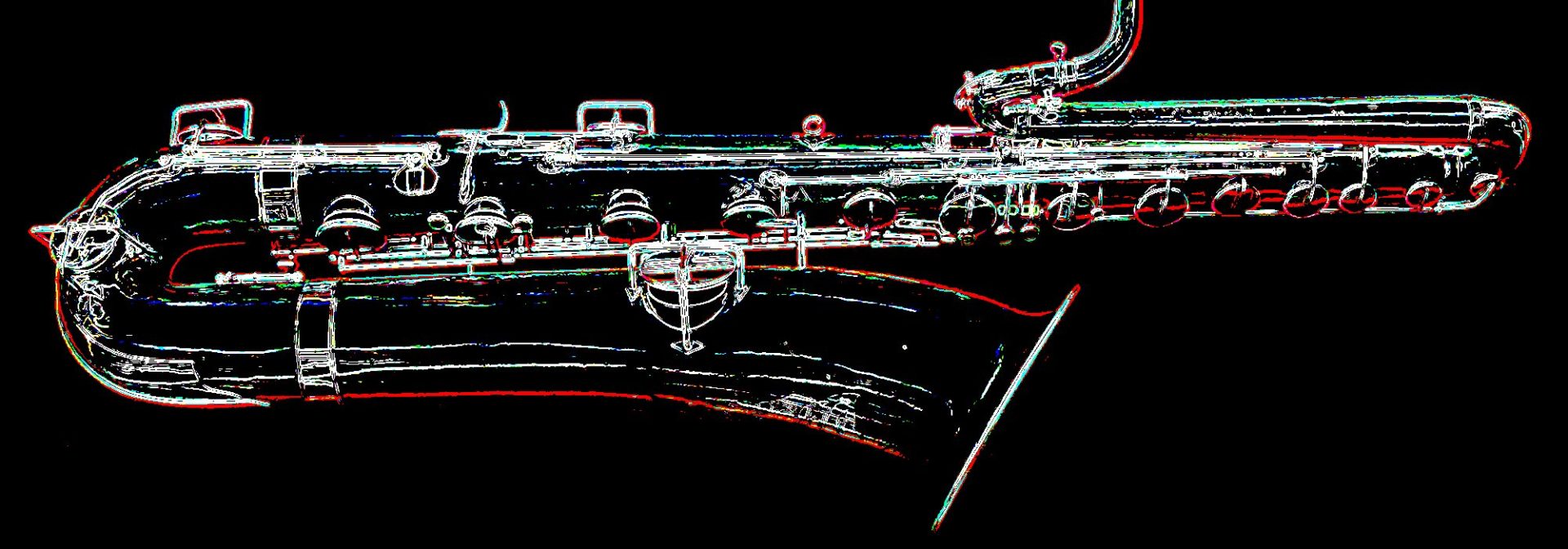

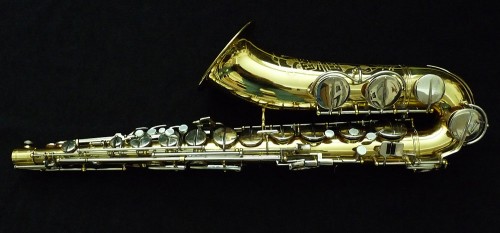
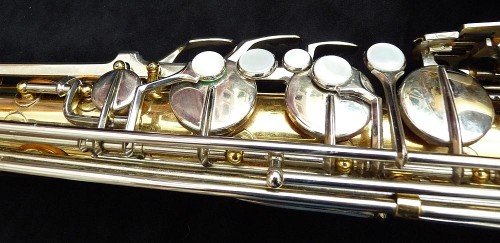
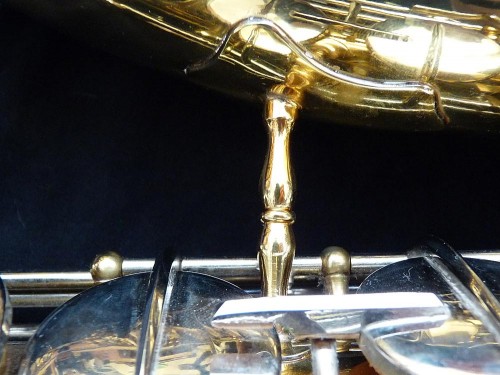


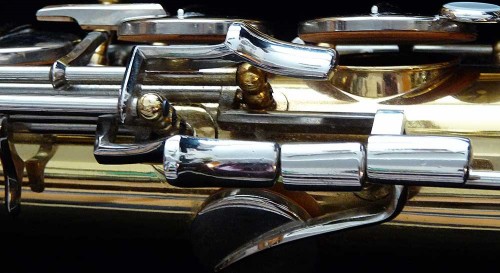
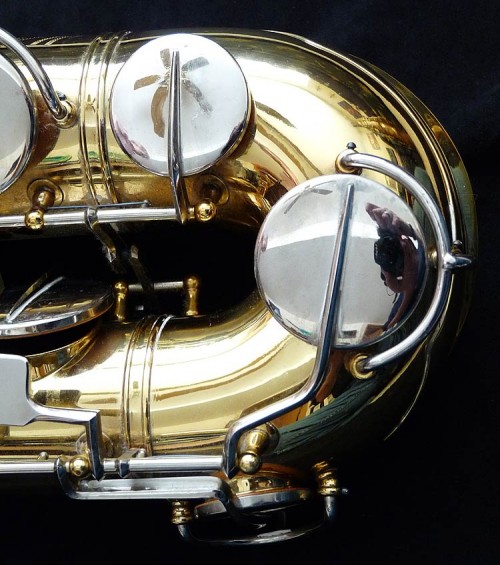


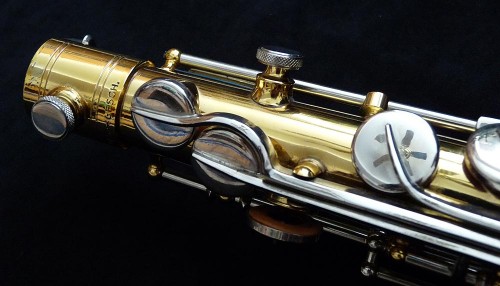


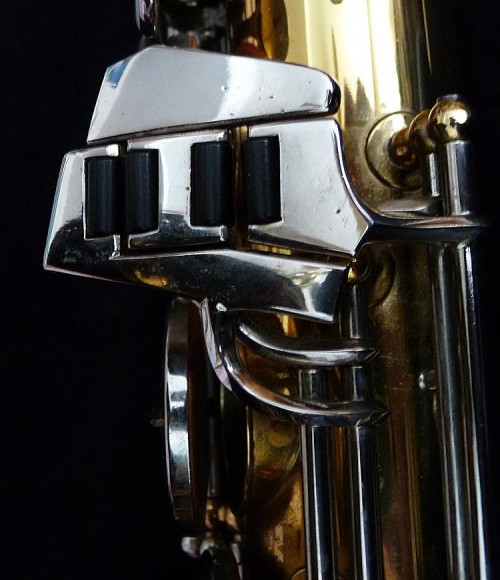

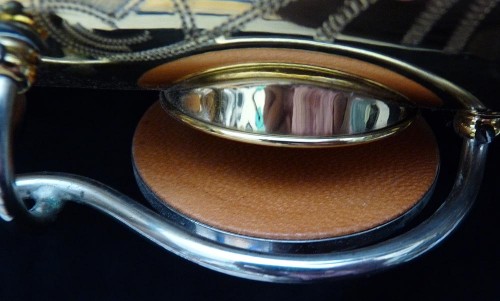


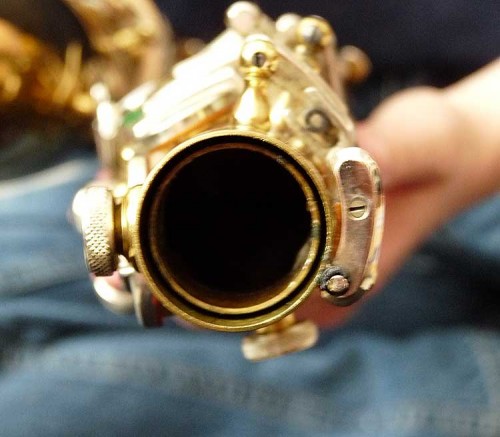



That is kind of what I was curious about was if the quality of the mouthpiece was as good as the rest of the horn. That said I also know that one person’s unusable junk will be the best ever made for the next person and some times what works at the beginning isn’t so good later.
Well I tried the original Hohner mouthpiece last night for a bit, and just as I suspected, the Fibracell 2 1/2s that I use regularly were too soft. I do have harder ones, I just didn’t have time to dig them out. If I have a chance, I’ll give one a go later tonight.
I can tell you this however, I was told last night with that the horn, with the original neck, and the original mouthpiece, I would have fit in perfectly with the Lawrence Welk Orchestra. 😀
I am glad it is working out. I just re read the original post and you said the original mouthpiece was still in the case and started me wondering what mouthpiece came included with that sax? Also did it work with that sax?
I’ll take some photos of the Hohner mouthpiece that came with the horn. It’s just a hard rubber piece with a funky single screw ligature. I haven’t played it on the horn since I got it back, but will try it out. It is a pretty closed piece, and I play fairly soft reeds with a more open piece normally, so it might not play the best for me. However, given that these were well designed and built saxophones, I don’t think that the mouthpieces would be any less well thought out than the rest of the horn.
I have been wondering about this for a while.
Did you get your president back From the Tech yet ( think It got lost in the Hammerschmidt confusion)Did it play up to your expectations? To quote a friend of mine We want details!! 😀
Hi Mark.
I realize now that I never updated here. I did post an update on the Woodwind Forum, and was going to do the same here, but I guess I forgot.
This is what I wrote the day I got it back…
Tomorrow I’m going back to my tech and I’m getting a bit more tweaking done.
Honestly, I haven’t put that much time into the sax this week as I’d like to, so I don’t want to say much more until I’ve got it tweaked exactly to my liking.
I can say however, that while I at first thought that I wouldn’t be able to use it for a blues horn, I was wrong. I think it’s too pretty though. That’s what my Zephyr is for. It’s got both the look and the attitude sound-wise to be the quintessential blues horn.
I have the Hohner President page on the main portion of my website finished now. Reworking it once I had the original German research paper was a fair amount of work. What made it hard, was switching between German and English in my head all the time. I was thinking in one, and having to write in another. This led to moocho grammar errors. I had a friend give it an edit job this afternoon, so between the 2 of us, I hope we caught all the mistakes. 😮
I do believe this is the most comprehensive info about this obscure horn you’ll find on-line in the English language. If there’s another source out there, point me to it, because it would have been great to find about a week ago! 😕
I also didn’t find anything quite this comprehensive on-line in German either, so perhaps my new page will prove to be a valuable source of info for future seekers of President info.
beautiful instrument!
stumbled across this page, looking for other examples of this particular instrument as i just yesterday came home with a 1954 model of the hohner president tenor. no high f# (which suits me just fine), nickel-silver plate, not quite the level of closet / showroom condition yours is in (WOW!, by the way), but still very, very clean.
i’m flat-out delighted and astonished by how good this horn is. incredibly solid build, sensible ergs, spot-on intonation, rich and large timbre.
very best,
dave
oakland, calif.
Hello dave. Welcome to my site.
You have one of the early Hohners. Does yours have a microtuner by chance? Or a G# trill key? Those were features that were found on the earlier versions of the President, that didn’t get put on the later models like I have.
I am working on a Hohner President information page for the main portion of my site–bassic-sax.info–and I nearly had it complete. Then I was fortunate enough to get an original German document that outlines Max Keilwerth’s and Hohner’s saxophone history. This has sent me back to the drawing board. Once I have the page written, I’ll post a note here in the comments. My goals is to combine all the various bits and pieces that are all over the ‘Net in both English and German, and have them in one place that they’re easily accessible.
Thanks for the visit dave. Hope to see you here for a visit again some time as you become more familiar with your sax.
Regards,
Helen
greetings once again!
there’s no microtuner on the neck, but it does have the g# trill key. also features that rather unusual d(#?) side rh key.
still getting used to the horn, but so far my go-to mouthpiece for the past 18 years (j&d hite artist) seems to be an excellent match for it. simply amazed by just how well made this tenor is.
side note: original purchaser i presume to be the (u.s.?) military, as there is a wonderfully cryptic “property of spec. serv.” engraving near the thumb hook. stumbled across some pics yesterday (and failed to bookmark, now struggling to relocate…grrr!) of a virtually identical horn to mine, similar engraving (although “special services” is spelled out on that one), and the engraving includes the date: jan. 24 (iirc) 1954. the flash glare on the shot makes it impossible to make out the s/n, but mine is also a 1954, so my horn and this other one probably rolled off the factory line around the same time.
can’t wait to see your additional hohner content!
very best,
dave
Yes, the extra trill key is a high D# triller. Some people mistakenly think it’s a high D trill key, because in some saxophones the key will also allow you to trill a high D, but in actual fact, the key was designed to trill high D# when you have the high D open.
The G# trill was dropped in the 50s, as was the mirco-tuner. The later was very infrequently seen on the early Hohner saxes.
Mmmm…. Special services… Wonder what that means?
I’m looking forward to getting mine back from the shop. I dropped it off with my tech to get it up to my anally high standards. It will be as good as new when it comes back.
ok then — recalled that the pics that i found yesterday and described above (few surprises here) are on the veritable horn trove that is the saxpics.com website.
actually has a pair of well photo-documented nickel silver tenors like mine — 36XX and 38XX, mine’s 35XX. you’re probably all over these two photo series already, but gallery is linked below just in case:
http://saxpics.com/Keilwerth/misc_pics/hohner/tenor/silver/
best,
dave